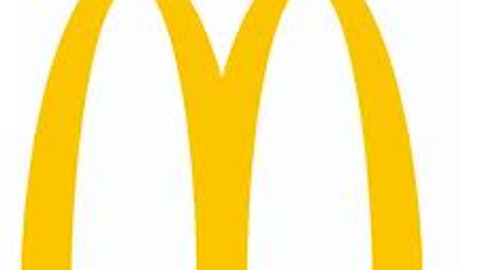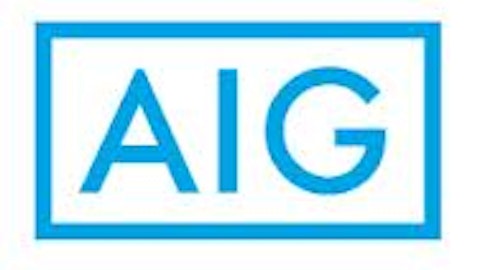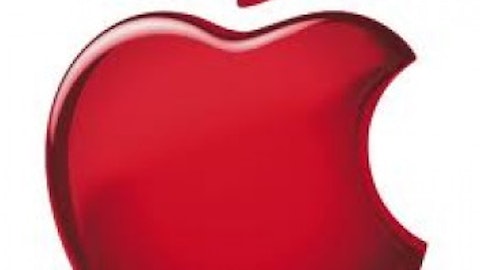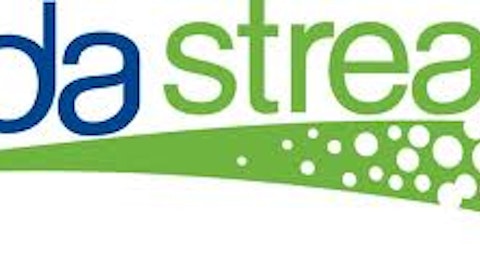- Management’s interests are aligned with shareholders. This is obvious from reading the commentary in Buffett’s annual letter to shareholders, including the pride that Buffett takes in the fact that Berkshire’s corporate office includes just 23 other employees and only one floor of a building. This too is in sharp contrast to most corporate cultures.
- There is a sense of accountability. Every Berkshire annual report starts with a comparison of Berkshire’s performance compared to the S&P 500. While Berkshire’s book value has doubled the performance of the S&P over the long term, management takes full responsibility when the results are not good and provides an honest and plain English discussion of what went wrong. As recently noted in the Wall Street Journal, two thirds of mutual funds failed to beat the S&P 500 last year; that fact is far less clear in reading each fund’s documentation. It is also less than clear to many investors that not only did their investment not beat the overall market, but that poor performance had no bearing on the fund extracting fees of 1%, 2%, or more from the investor.
In combination, Berkshire’s strategy and culture have led to powerful results. Even as the company has matured and its growth has slowed, it has continued to beat the market over the past decade:
BRK.B Total Return Price data by YCharts
It is not a coincidence that Berkshire’s large investments in other corporations have outperformed the index as well. Buffett is famously quoted as saying “If you gave me $100 billion and said, ‘Take away the soft-drink leadership of Coca-Cola in the world,’ I’d give it back to you and say it can’t be done.” This is precisely the moat that Buffett looks for in making investments in world-class companies and has earned Coca-Cola the title of “world’s most valuable brand.” What does this mean for investors? Low risk combined with solid growth opportunities in emerging markets, an expanding brand portfolio, and innovations like the Coca-Cola Freestyle machine will continue to form a market beating combination going forward.
What is particularly impressive about the chart above is that Berkshire’s largest positions in financial institutions, American Express and Wells Fargo, survived the financial crisis and have managed to beat the S&P 500 over the past decade. American Express and Wells Fargo are perhaps the simplest case study for how Berkshire’s mentality differs (in a good way) from that of many on Wall Street. After surviving a difficult decade for the financial industry, American Express continues expansion beyond credit cards and into mobile, savings accounts, and more. With a forward price to earnings ratio of just 11 and a TTM free cash flow yield of 20%, there is every indication that there is more upside ahead based on the current share price.
Similarly, Wells Fargo’s recovery has been stronger than many of its peers. While the company has restored its dividend and has experienced a recovery in share price, Wells Fargo also remains a compelling holding for Berkshire and individual investors given its current valuation. Wells Fargo boasts a forward P/E ratio of less than 9 and a PEG of right around 1, which is a sizable discount to the pricing commanded by other companies with similar market capitalizations.






